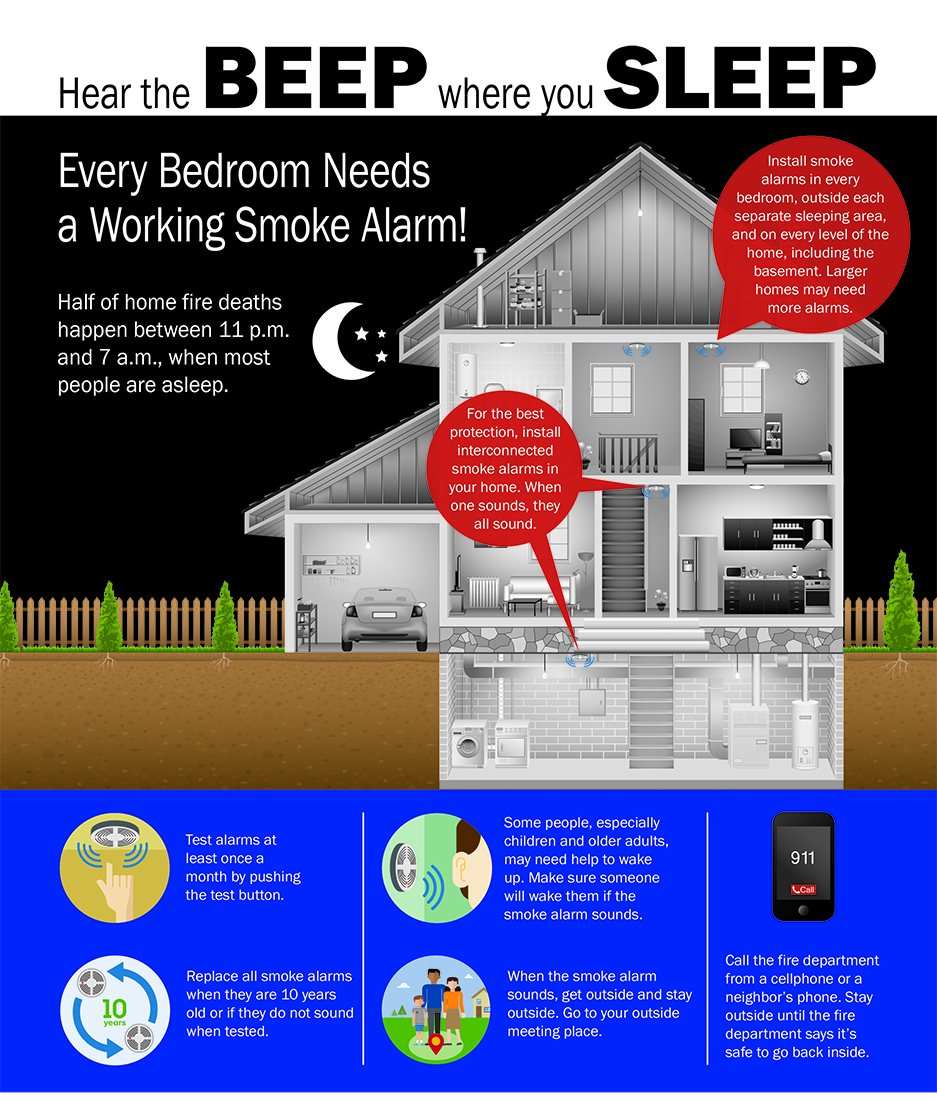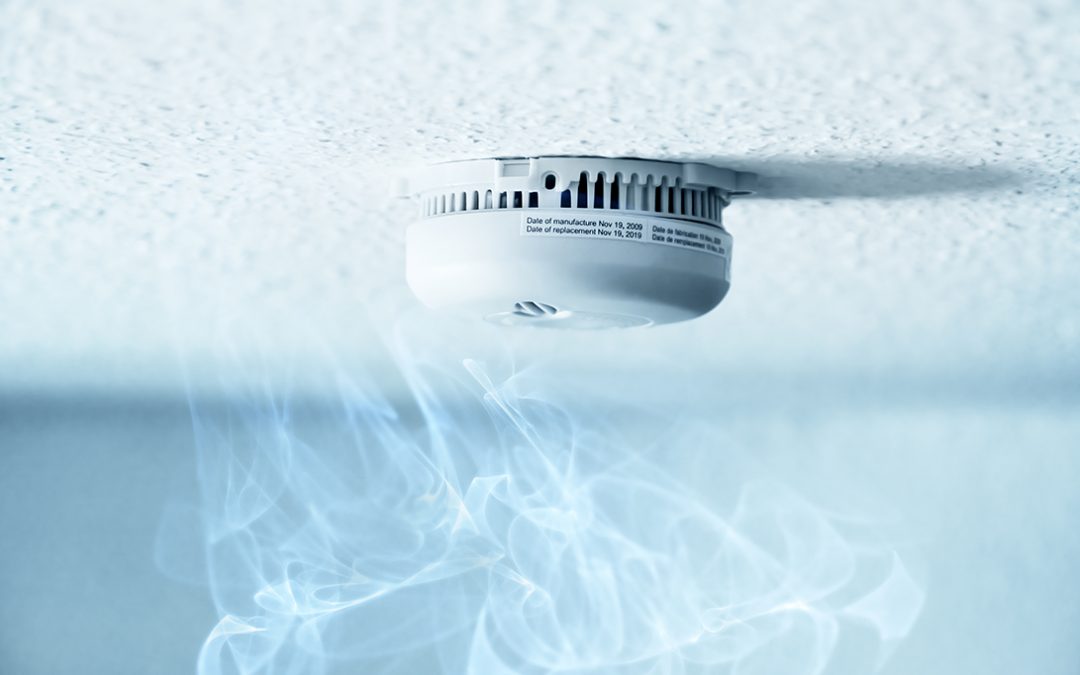The change in season is the perfect time to turn your attention to your household smoke detectors. You probably already know to check your batteries regularly. But do you have the best type of smoke detectors for your home? Are they located where they will be most effective? Are they working correctly?
These are all critical questions to think about as you turn up the heat, get the fireplace going and settle in for the long winter ahead.
Just consider that according to the National Fire Protection Association (NFPA):
- Three out of five home fire deaths result from fires in properties without working smoke alarms
- More than one-third (38 percent) of home fire deaths result from fires in which no smoke alarms are present.
- The risk of dying in a home fire is cut in half in homes with working smoke alarms.
Do you have the right smoke detectors?
Nowadays, there are two main types of smoke alarms commercially available: Photoelectric detectors, and ionization detectors. Early household smoke detectors basically sensed heat, and not smoke, and were not as reliable as today’s detectors.
Photoelectric smoke detectors work by using a light-sending chamber. When smoke enters this chamber, it disrupts the path of a laser and triggers an alarm. This type of smoke detector is better at sensing slow-burning fires.
Ionization smoke detectors use two electrically charged plates to ionize the air in the sensor. Once smoke enters this detector, it disrupts the flow of ions and triggers the alarm. These detectors are best at detecting fast-moving fires. Because these type of detectors are very sensitive, dust and steam will sometimes trigger them.
There are also dual-sensor detectors that feature both the photoelectric and ionization technologies. These are recommended by the U.S. Fire Administration because they provide protection in a variety of fire situations.
“Because both ionization and photoelectric smoke alarms are better at detecting distinctly different yet potentially fatal fires, and because no one can predict what type of fire might start in a home, the USFA recommends that every home and place where people sleep be equipped with either (a) both ionization and photoelectric smoke alarms, or (b) dual sensor smoke alarms (which contain both ionization and photoelectric smoke sensors).”
When purchasing your smoke alarm, look products listed with Underwriters Laboratories (UL) and if a member of your household has difficulty hearing, consider purchasing a smoke detector that produces flashing lights or vibrations in addition to a loud noise to signal an emergency.
Are they located where they should be?
Everyone in your home should recognize the sound of your smoke alarm and hear it from their bedrooms. According to NFPA, half of home fire deaths occur between 11 p.m. and 7 a.m., when most people are sleeping and more likely to be overcome by smoke before they can escape.
Install your alarms near sleeping areas, inside any bedroom where the door is typically shut and on every floor of the house, including the basement. Wall-mounted smoke alarms should be four to 12 inches from the ceiling, and ceiling-mounted models at least four inches from the nearest wall.
Have you made sure that they are in good working order?
Smoke alarms can only protect your family when they are properly maintained.
Here are some smoke alarm musts:
- Test units monthly.
- Install new batteries immediately when the low-battery warning alarm sounds or at least once a year.
- Clean smoke alarms regularly by vacuuming them with a brush attachment.
- Replace smoke alarms every 10 years to achieve optimum performance.
Smoke alarms are essential to protecting the people in your home from fire. Advanced warning saves lives. So, make sure that you make the most of these devices by choosing products that will work best for your home, installing them properly and keeping them in good working order.

Courtesy of NFPA.

